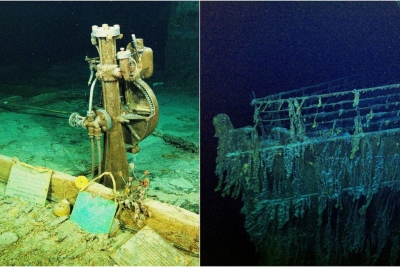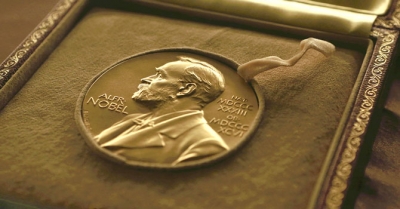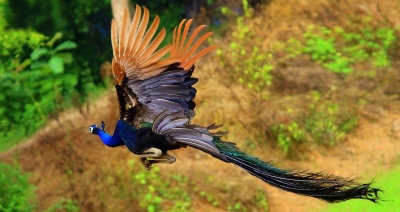
A Titanic expedition team has released a high-quality video footage revealing vivid details of the famous wreck.
The latest footage is the world's first and only 8K video of the doomed livary passenger liner that was once thought to be “unsinkable" This will allow marine archaeologists to study more into its rate of decay.
The "unsinkable" ship
RMS (Royal Mail Ship) Titanic was on its maiden voyage from Southampton, the U.K. to New York City, the US.
During the intervening night of April 14-15 in 1912, the unsinkable ship sunk into the North Atlantic ocean. It took about two hours and 40 minutes for the ship to sink.
Among the 2,224 passengers and crew on board, more than 1,500 died. The wreck lies 12,500 feet below the surface.
After numerous expeditions, the Titanic was located in 1985 by a joint French-American expedition led by Jean-Louis Michel of Ifremer and Robert Ballard of the Woods Hole Oceanographic Institution.
Over the years there have been several attempts to raise the Titanic to the surface but failed due to its fragile condition. It is now protected by a UNESCO convention.
Latest footage
The first-of-its-kind footage by the Titanic 2022 expedition team, shared by OceanGate Expeditions, has revealed an amazing level of details of the ship.
The high resolution has brought forth several new minute information such as the name of the anchor maker - Noah Hingley & Sons Ltd. - on the portside anchor, renowned bow, anchor chain of which each link weighs about 91 kilograms, number one cargo hold, and solid bronze capstans.
In one of the clips, one of the single-ended boilers, which fell to the ocean's floor when the Titanic broke into two, can also be seen.
In the video, one can also view the decay from where some of the Titanic's rails collapsed and fell away from the ship.
DID YOU KNOW?
"Saved from the Titanic”, the first movie made on the Titanic, was directed by Dorothy Gibson, an American actor and one of the survivors of the incident. It premiered in the U.S. just 31 days after the incident. Gibson was one of the 28 people who boarded the first lifeboat when the ship began sinking.
On returning to New York City, she co-wrote the script of the American silent motion picture and played a fictionalised version of herself. In the movie, she even wore the same clothes that she had on the night of the disaster. The filming took place in a Fort Lee, New Jersey studio.
The movie was released internationally and received reviews. However, some criticised the commercialisation of the disaster just a few days after the incident. It is now a lost film as the last prints were destroyed in the Éclair studio fire in March 1914. Only a few stills and promotional photos survived.
Picture Credit : Google



